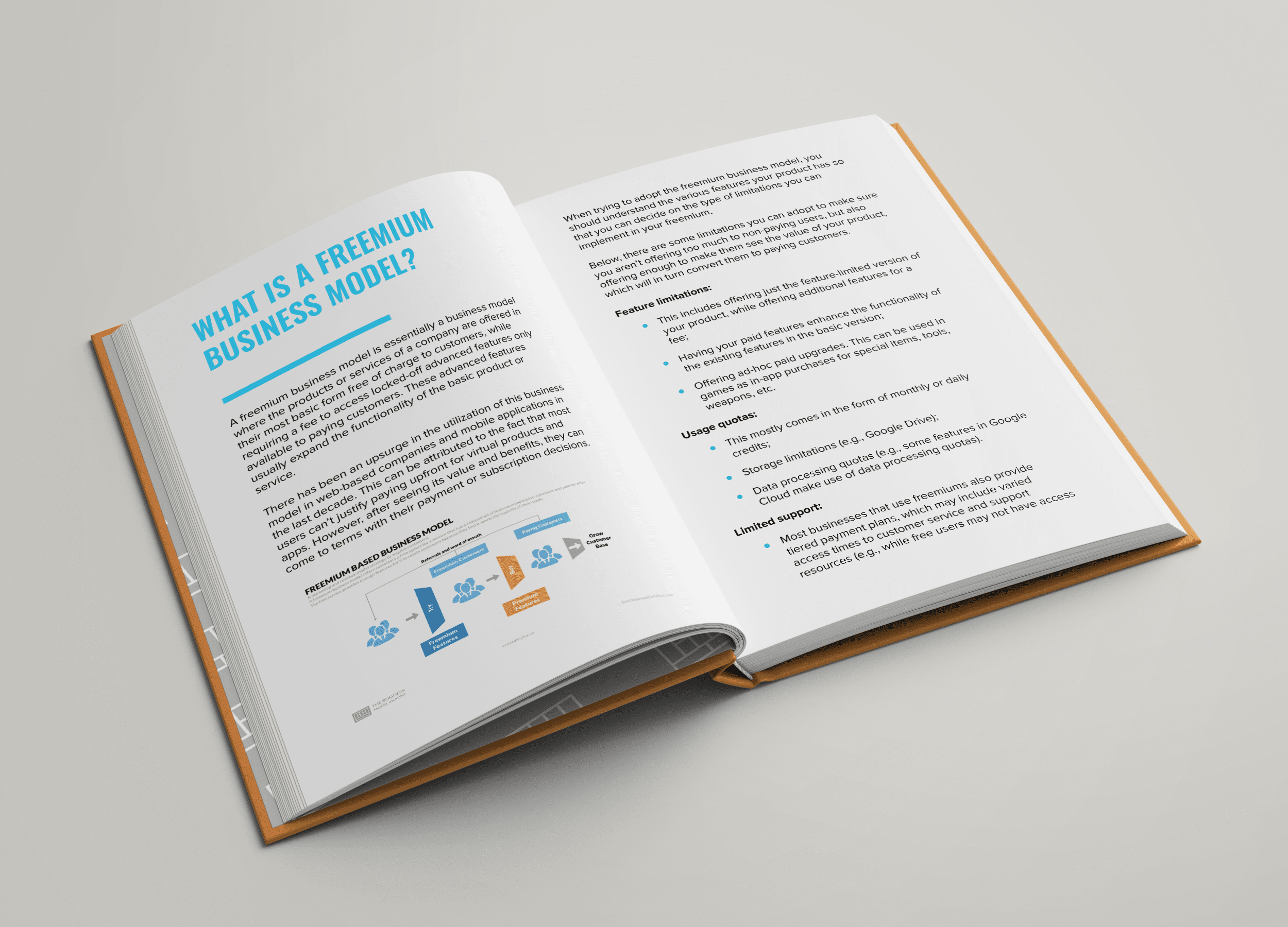9.00$
35.00$
5 Types of Freemium Business Models Hours of Research just 1-click away PDF File Format Instant Download













